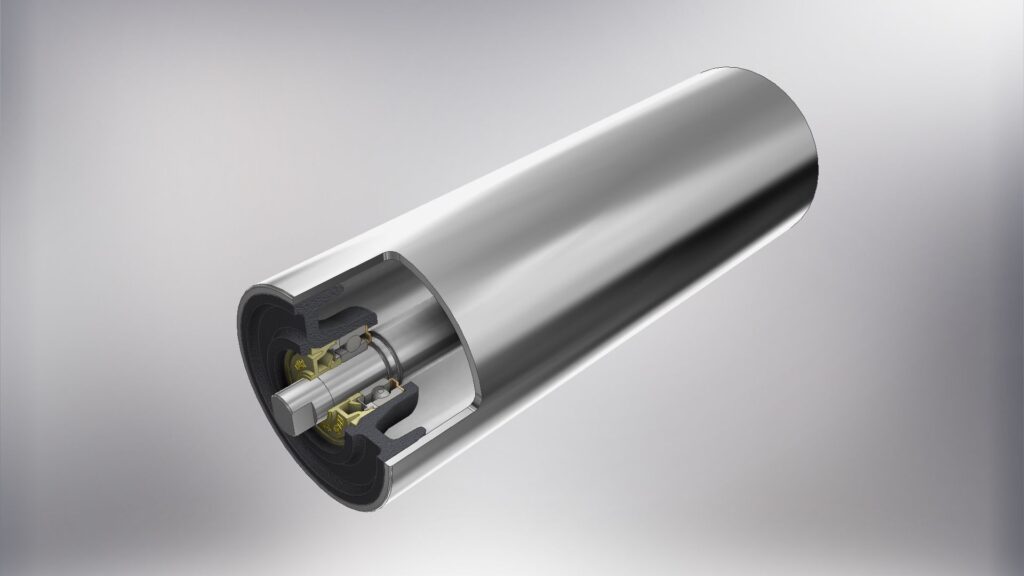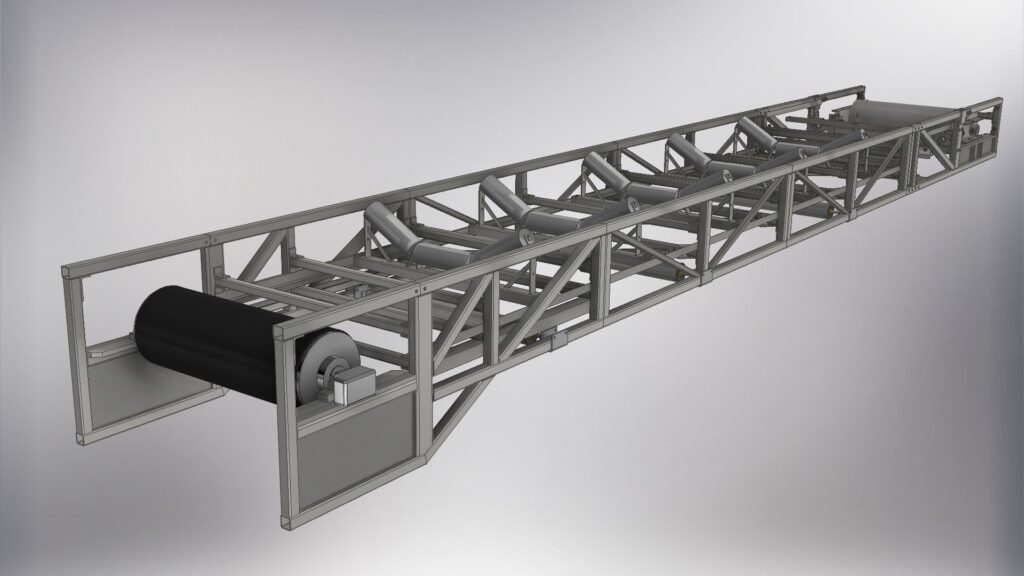Mining
Plant components for maximum stress
Germany is one of Europe’s classic mining regions with a long tradition of extracting and processing raw materials. Until the 19th century, lead, copper, silver, and iron were the main minerals mined. Subsequently, the focus shifted to coal and iron in the context of the industrial revolution and the coal and steel industry.
Mining is an industry that has left a deep mark on German history. A special mining culture developed in the German coal and steel regions, which contributed to or even initiated the development of regional identities.
Mining science, which devoted a great deal of technical attention to mining, also established itself in Germany earlier than elsewhere.
To this day, this commitment extends to and, above all, within Eastern European countries.

Sprockhövel
the cradle of Ruhr mining
In a sense, Sprockhövel can indeed be considered the cradle of Ruhr mining. From here, coal mining has continuously developed as an economic enterprise since the 15th century. Entrepreneurs from Sprockhövel later became involved in other mines throughout the Ruhr region and helped create the economic basis for the expansion of coal mining.
Conveyor belts have been used for decades to handle conveying and transport tasks in mining, industry, and over long distances, both above and below ground. Bulk materials can be transported directly without additional containers, and conveyor belts also have a very high load-bearing capacity. They also offer a very high level of operational reliability, which has proven itself in many areas of application.





